It's here! The Canon EOS R5 C is an 8K 60p camera with "no limitations on shooting"
The Canon EOS R5 C is an R5 on steroids, with internal 12-bit 8K 60p, Dual Base ISO and "no limitations on shooting"
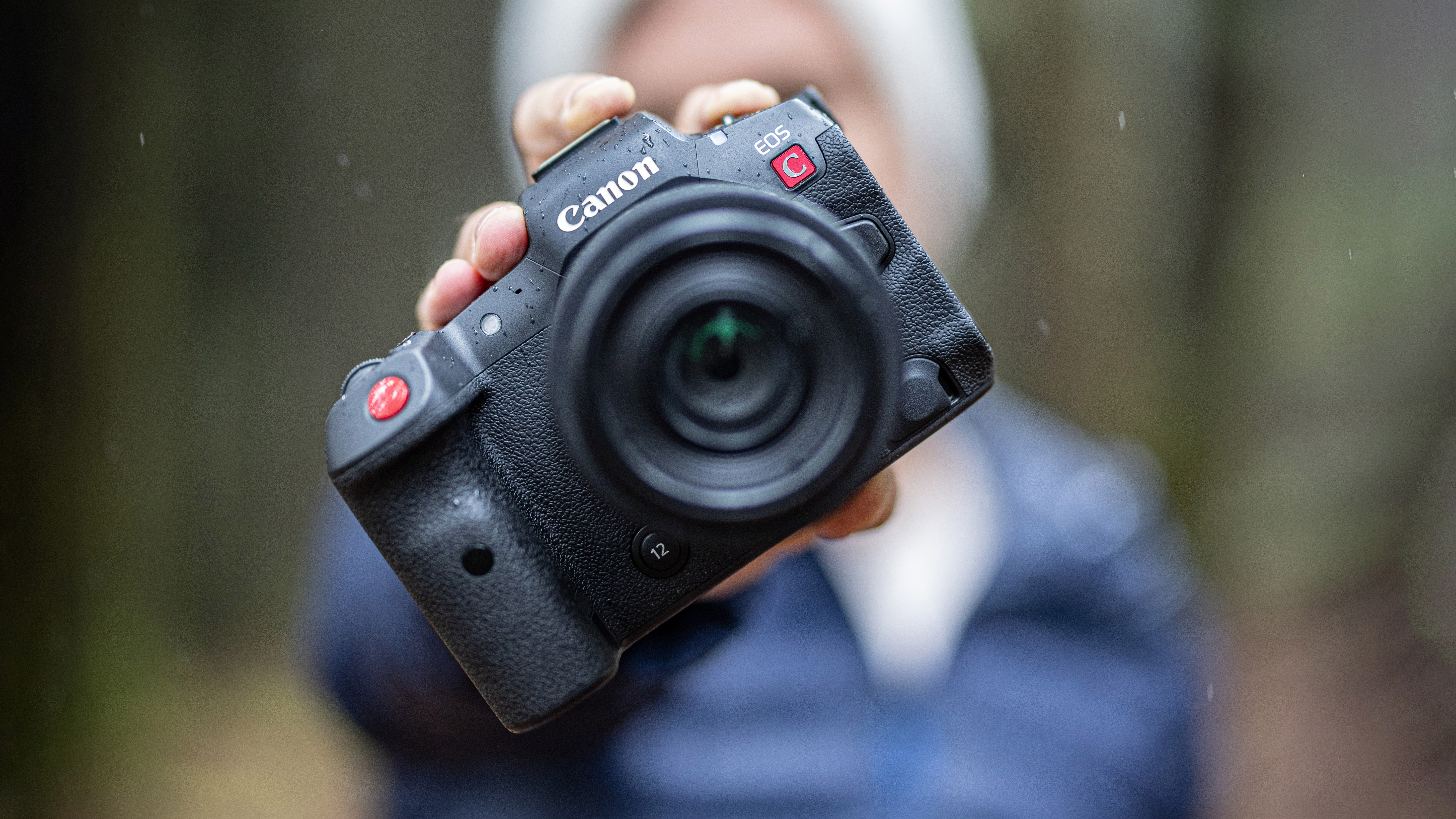
Canon has announced the Canon EOS R5 C, a video-first version of the standard EOS R5 that shoots internal 8K 12-bit up to 60p, has Dual Base ISO, and possesses an integrated cooling fan – which means that it has "no limitations on shooting".
While the Canon EOS R5 C is, at its core, very similar to the standard Canon EOS R5, it is specifically a Cinema EOS product. In short, where the R5 was a stills camera that enabled you to shoot video (with compromises such as recording limits), the R5 C is a cinema camera that enables you to shoot stills.
• Read more: 5 key differences of the Canon EOS R5 C
To that point, the camera operates in two distinct modes. Boot it up in stills mode and it behaves almost identically to the R5; it has the same menus, the same full frame 45MP sensor, the same 20fps maximum burst rate, the same Dual Pixel CMOS AF II (with Animal AF), even the same EVF and LCD screen. What it doesn't have, however, is the same in-body image stabilization (there is no IBIS whatsoever), and it possesses a slightly modified version of the R5's Digic X processor.

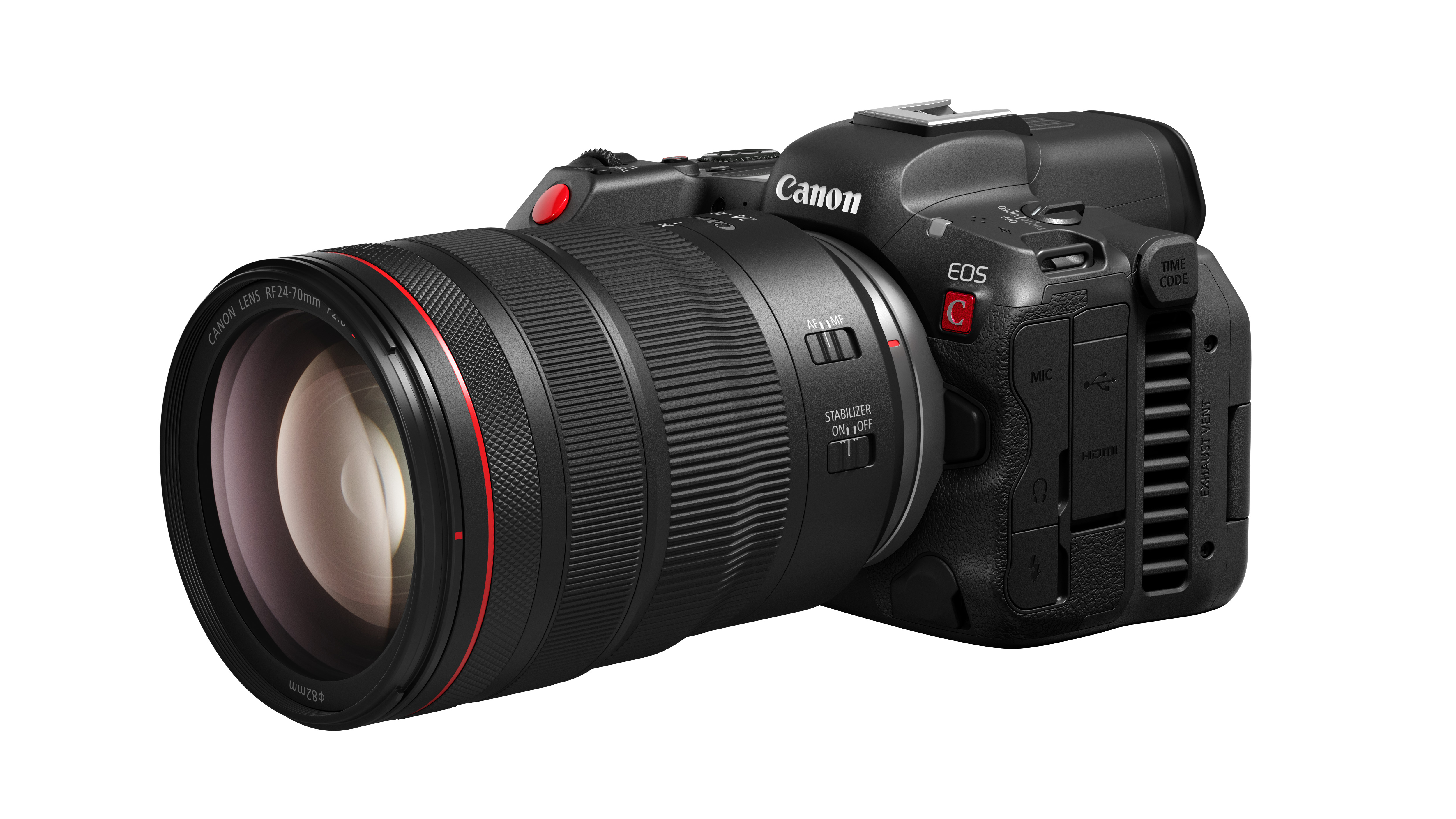
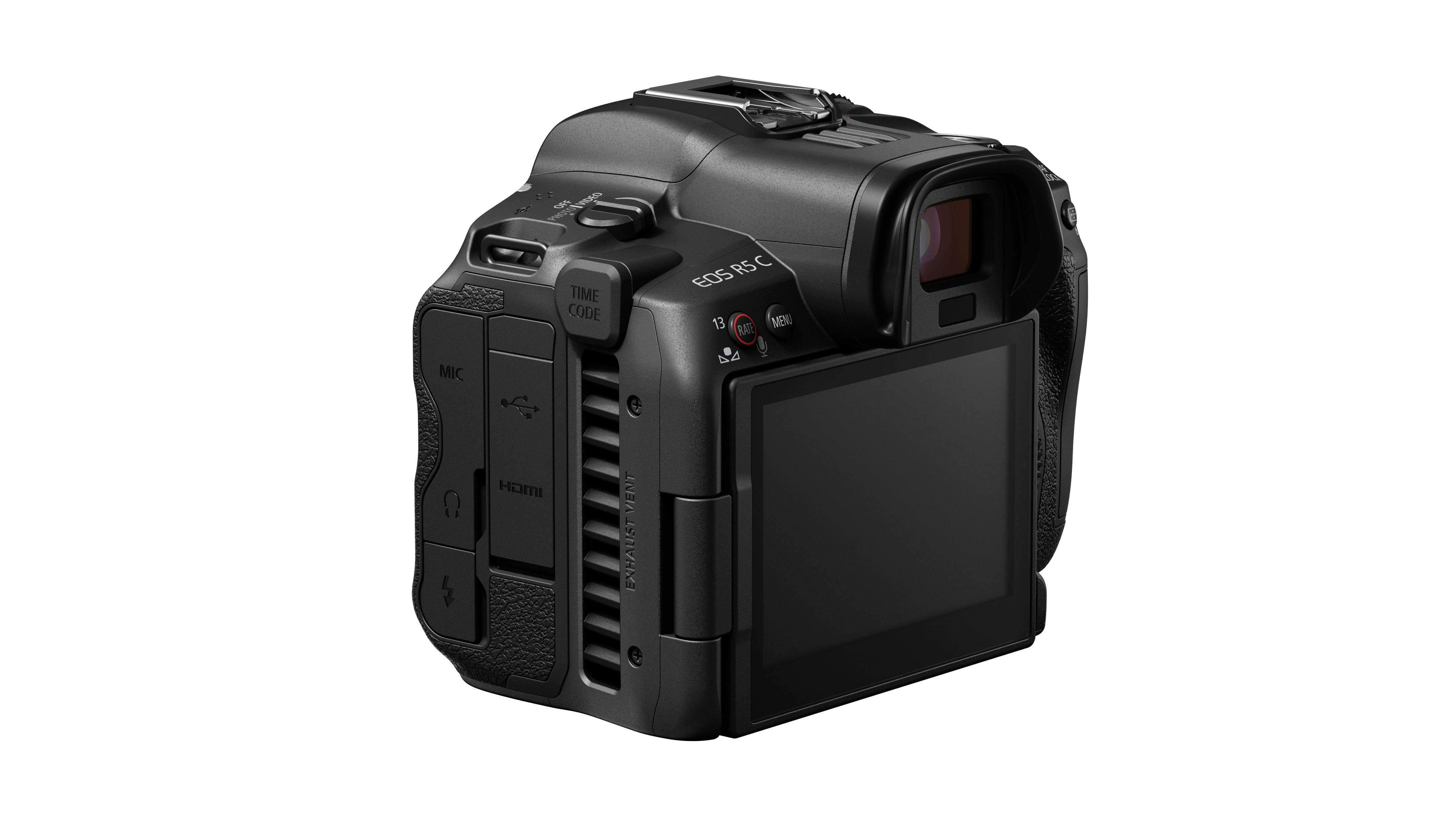
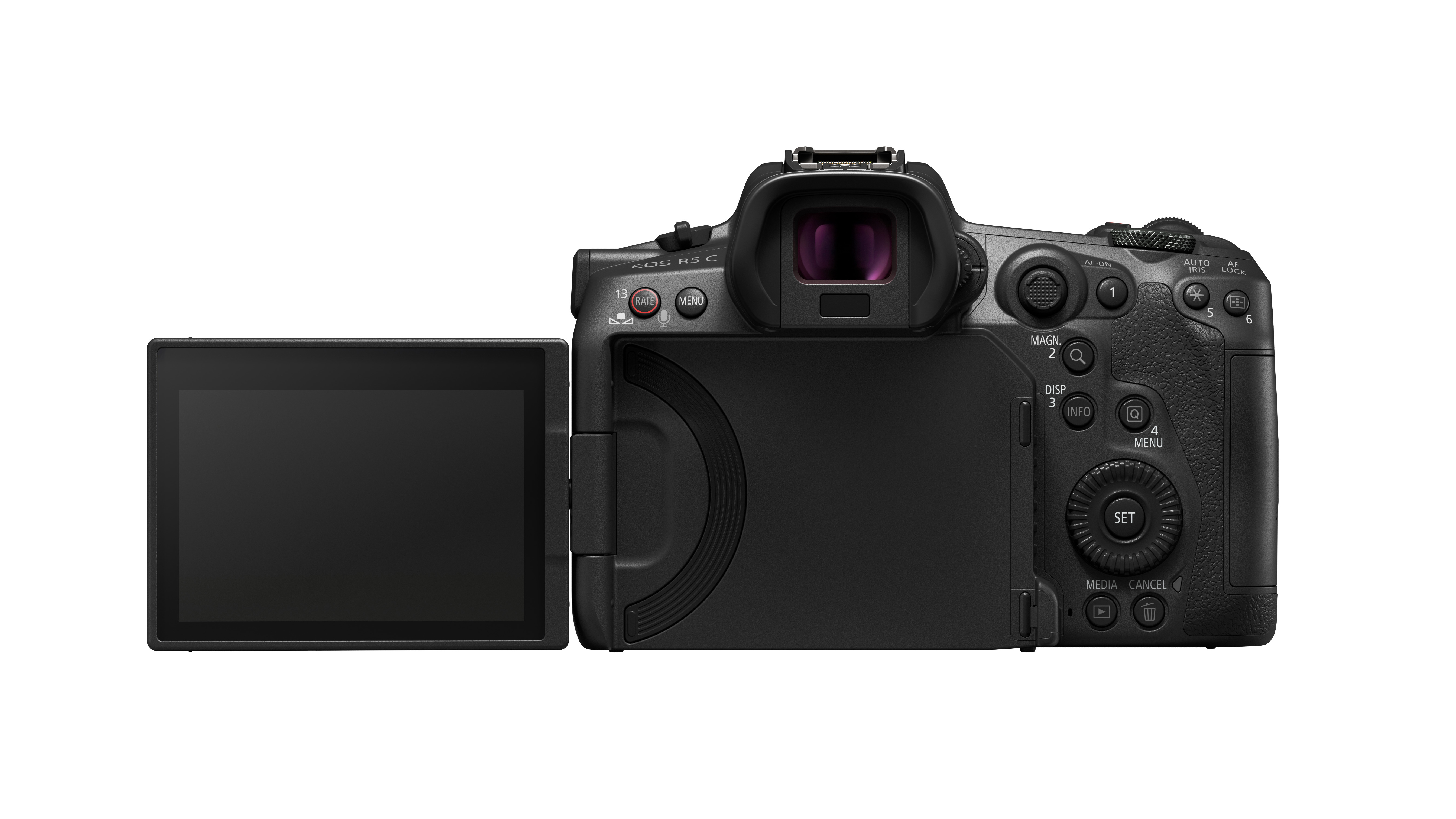
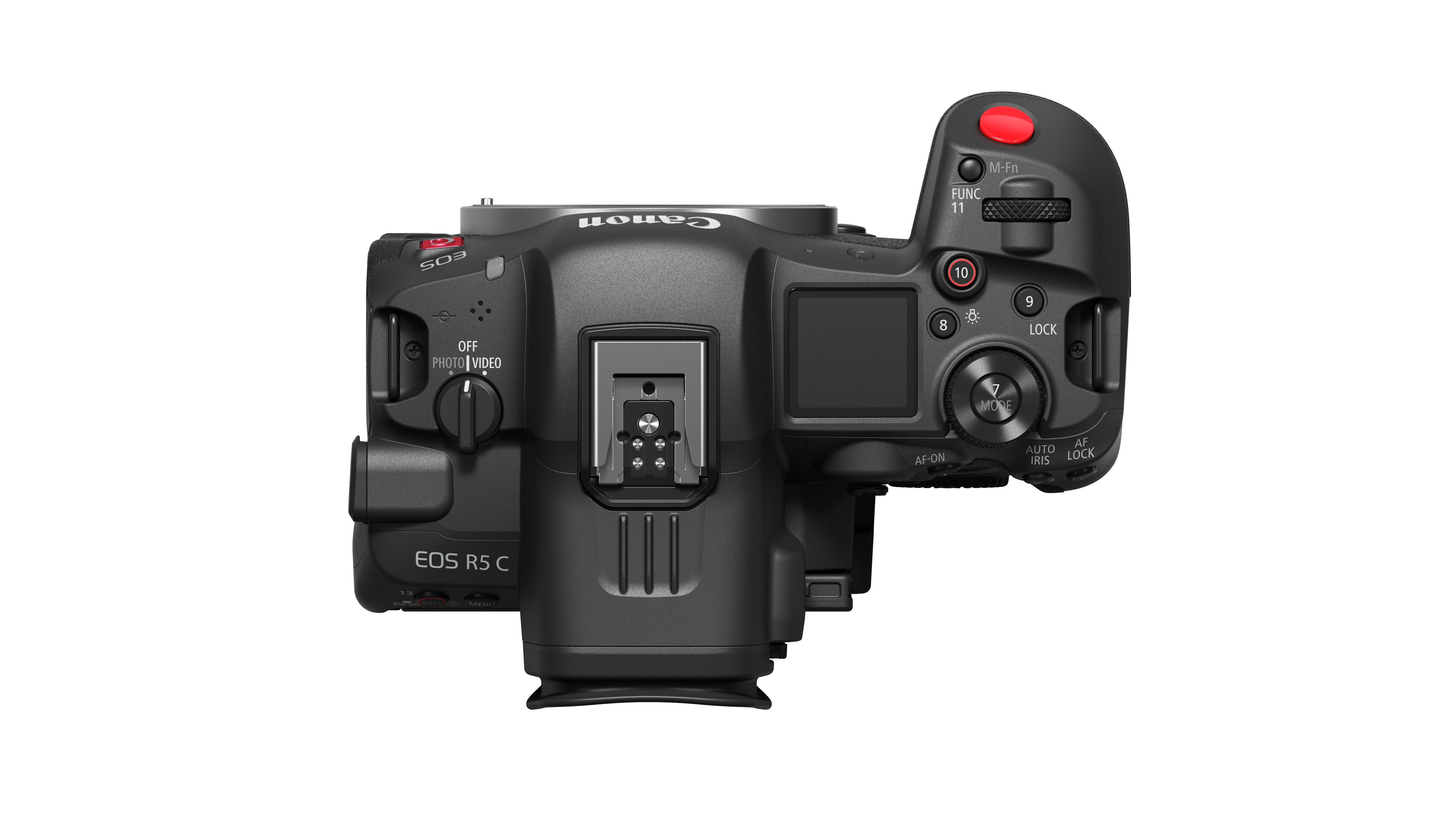
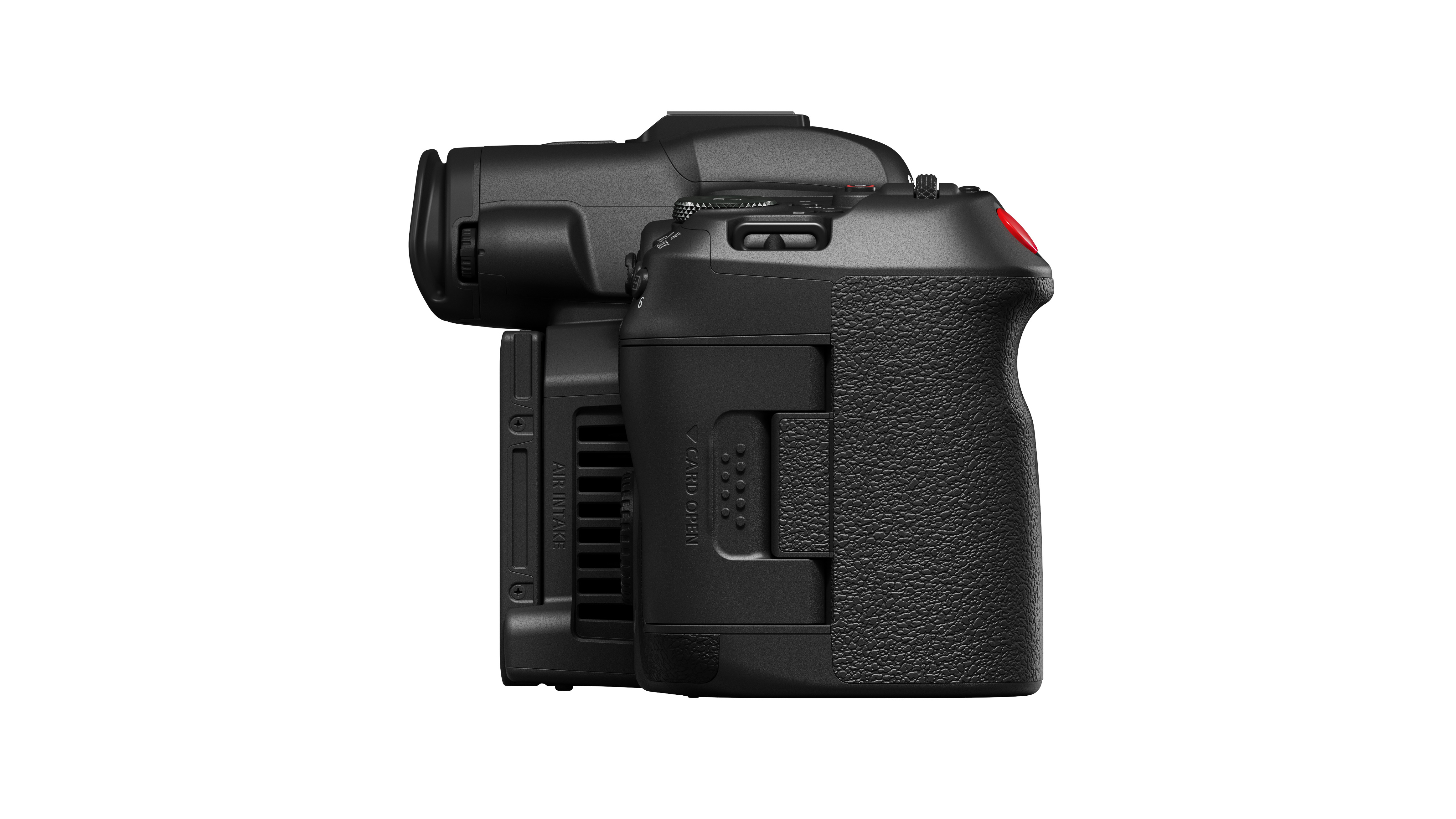
Canon EOS R5 C: What's new
Since the R5 C cannot shoot video in stills mode (or vice versa), you will need to boot the camera up in video mode to capture moving images – and upon doing so, the familiar EOS menus are replaced by the Cinema EOS menus.
Here you can unleash the camera's full video potential. New to the R5 C is the ability to shoot internal full-frame 8K video up to 60p in 12-bit Cinema Raw Light, optimized for HDR footage – though the camera must be connected to an external power source (including new Canon mains adapter, or a power bank) to shoot 8K 60p. Internally, it also shoots Super 35 up to 5.9K 60p and Super 16 up to 2.9K 60p.
In addition to 12-bit Raw, this new video format enables you to shoot configurations including Raw HQ, Raw ST, Raw LT, HDMI Raw, XF-AVC YCC 4:2:2 10-bit, MP4 / HEVC YCC 4:2:2 10-bit, MP4 / HPEC YCC 4:2:0 10-bit, and MP4 / H.264 YCC 4:2:0 8-bit.
Get the Digital Camera World Newsletter
The best camera deals, reviews, product advice, and unmissable photography news, direct to your inbox!
Also new is the ability to capture 4K 120p – in DCI / UHD in 4:2:2 10-bit (Long GOP and Intra) – with audio recording, where the sound can be captured as a separate audio file, relieving the need to record audio independently. Proxy recording is also offered, which is not possible on the base R5.
For the first time in a Canon product, the R5 C is offering Dual Base ISO – a technology that works differently to the Dual Gain Output featured in cameras like the Canon EOS C70. Whereas the C70 had fixed ISO sensitivities (an ISO800 base and Dual Gain from ISO160-25600), the R5 C features different base ISOs depending on the chosen gamma settings (though Dual Base ISO is not available for stills):
| Gamma settings | Dual Base ISO values |
|---|---|
| C-Log 3 / Raw | ISO800 • ISO3200 |
| BT.709 Wide / PQ / HLG | ISO400 • ISO1600 |
| BT.709 Standard / Normal | ISO160 • ISO640 |
So what are the other key differences? Well, the most obvious is the size. Thanks to a new integrated cooling fan – which Canon tells us means that "no limitations on shooting. Obviously with the R5, because it's a stills product first, you've got that limitation on the video shooting capability; with this one, it's about your battery and about your memory card. It's not about the build-up of heat inside the product."
That said, there are recording durations imposed based on the format and settings you choose for your video, ranging from ½ hour to 30½ hours – you can find the full breakdown of recording times here.
Accordingly, the Canon EOS R5 C measures a beefier 142 x 101 x 111mm and weighs 680g (770g with battery and cards), compared to the 138.5 x 97.5 x 88mm and 650g (738g) of the existing R5. Physically its ergonomics are like a deeper R5 – and in fact, it's not too dissimilar to the feel of the EOS C70.
Despite the addition of the cooling fan, the camera remains weather-sealed against dust and moisture. This factors into another new feature of the R5 C: the Multi-Function Shoe, which is the same 21-pin hot shoe found on the Canon EOS R3 (enabling power delivery and two-way communication with accessories such as the new Canon DM-E1D shotgun mic and Canon ST-E1 speedlite transmitter).
A notable omission from the camera's video capability is the lack of Animal AF, which is a feature specific to the Dual Pixel CMOS AF II (and, as noted above, is still available in stills mode). This is because, when booted up in video mode, the camera functions as a Cinema EOS product – and Cinema EOS cameras only support the original Dual Pixel CMOS AF.
Canon EOS R5 C: Price and availability
The Canon EOS R5 C is priced at $4,499 / £4,499.99 / AU$7,499 body only, and will be available from March. Obviously, due to the ongoing component shortages, you would be well advised to place your pre-order as soon as possible if you hope to secure a camera at launch.
For comparison, the standard Canon EOS R5 is currently priced at $3,899 / £4,299.99 / AU$5,999.95 (though of course, the R5 remains in short supply globally).
Pre-order the Canon EOS R5 C at Adorama (US)
Pre-order the Canon EOS R5 C at B&H (US)
Pre-order the Canon EOS R5 C at Park Cameras (UK)
Pre-order the Canon EOS R5 C at Wex (UK)
Pre-order the Canon EOS R5 C at Ted's Cameras (AU)
Pre-order the Canon EOS R5 C at CameraPro (AU)
Read more:
Best cinema cameras
Best Canon cameras
Best Canon 8K cameras
Best Canon RF lenses
Best Canon lenses

James has 22 years experience as a journalist, serving as editor of Digital Camera World for 6 of them. He started working in the photography industry in 2014, product testing and shooting ad campaigns for Olympus, as well as clients like Aston Martin Racing, Elinchrom and L'Oréal. An Olympus / OM System, Canon and Hasselblad shooter, he has a wealth of knowledge on cameras of all makes – and he loves instant cameras, too.
